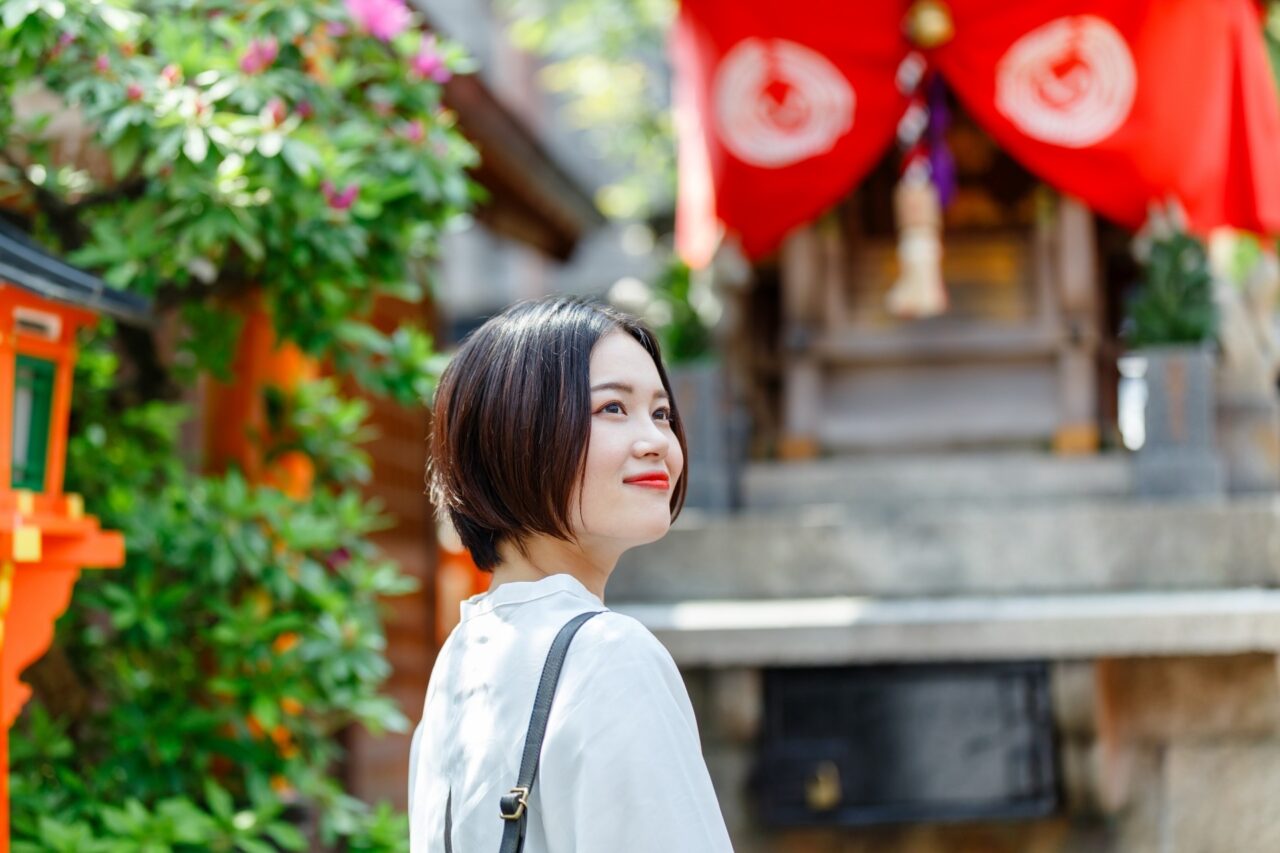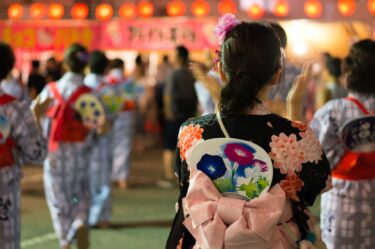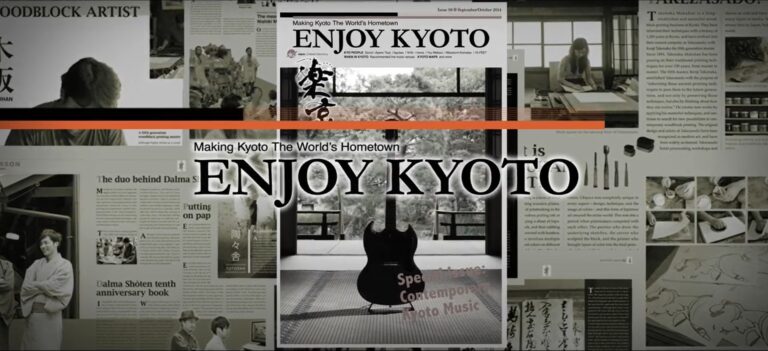You know that Japanese is spoken in Japan, but the ways in which the language is spoken across the culture is actually surprisingly unique. Japan’s cultural capital of Kyoto is no different, home to a language as unique as its heritage. The Kyoto dialect, known as Kyo-Kotoba or sometimes Kyoto-ben in Japanese, is a regional variation of the language that reflects the city’s unique history as a cultural center and once-capital. With its soft, polite, and melodic tones, the dialect mirrors the grace and refinement that permeate much of the city’s traditional culture.
If you speak Japanese already, you may be able to catch some of these peculiarities when you visit the city. Even if you don’t speak Japanese, you’re likely to hear at least a few phrases again and again as you explore. So just what is it about this local form of Kyoto Japanese that’s so unique?
Where did Kyoto dialect come from?
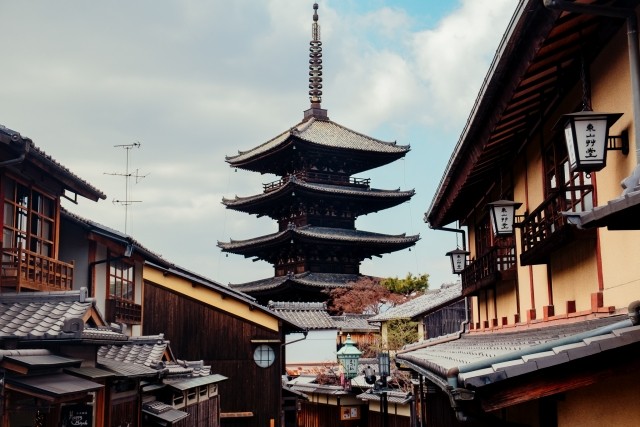
The Kyoto dialect, or Kyo-Kotoba, has deep historical roots that trace back to the Heian period (794-1185), when Kyoto was the imperial capital of Japan. This period marked a flourishing of arts, culture, and language, particularly in the capital city. The dialect evolved as the language of the aristocracy, reflecting the refinement and sophistication of the courtly class. As a result, in its original form Kyo-Kotoba became a symbol of cultural prestige, embodying the values of politeness and elegance that characterized the society of that era.
Over the centuries, the Kyoto dialect has remained significant as a cultural identifier for the people of Kyoto. While the dialect shares similarities with other regional dialects, especially in the western Kansai region, it has maintained several unique characteristics that set it apart.
What makes Kyoto dialect unique
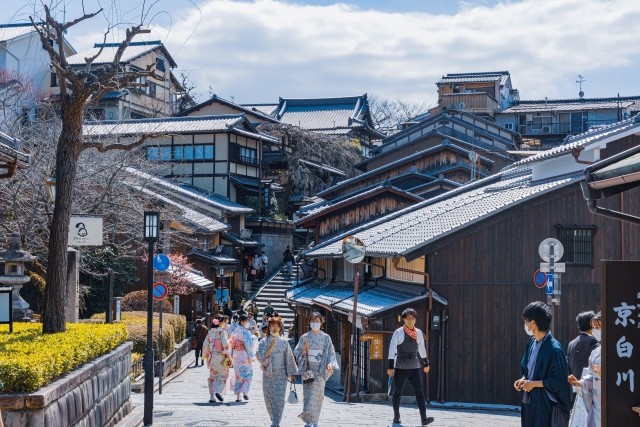
While standard Japanese, known as hyojungo, serves as the lingua franca across the country, the Kyoto dialect exhibits notable differences that can sometimes make it challenging for outsiders to understand. One of the primary distinctions lies in pronunciation. Kyo-Kotoba features softer consonants and elongated vowels, which contribute to its gentle, more flowing sound. Specific pitch accents also help to give the dialect its unique musicality. This melodiousness contrasts sharply with the more robust sounds of other regional dialects in Japan–even its neighboring dialect, Osaka-ben, with which it shares many characteristics and vocabulary. Nowadays, younger speakers of Kyoto dialect may speak a less pronounced version, and to casual listeners, it may even be difficult to discern whether the speaker hails from Kyoto or Osaka. But you’re likely to encounter stronger accents with older Kyoto-ites, and perhaps also with those who work in the traditional arts and/or hospitality.
Another characteristic of Kyoto dialect is its extensive use of unique honorifics and polite expressions. Words and phrases are often modified to show politeness, fitting for a city that birthed many of Japan’s traditional arts and the etiquette and behavioral rules that come along with them. While standard Japanese has its own separate forms of polite (honorific and humble, respectively) grammar forms, the Kyoto dialect has some that are all its own. For example,
–osu, a polite, Kyoto version of the verb “to be”: Oishii osu na. (“It’s delicious!”)
–haru, a polite, Kyoto version of the verb “to do,” often combined with other verbs: Kyoto ni sunda haru. (“He/she lives in Kyoto.”)
This second verb is very similar to one you might hear in Osaka as well, but the locals will hear the difference: what’s sundeharu (“to live”) in Osaka is sundaharu (“to live”) in Kyoto! The effect is one of both gentleness and formality. Words are often softened to sound more inviting and less direct. In fact, amongst Japanese, Kyoto dialect is typically thought of as both refined and feminine, and appealing enough to frequently rank highly in popularity surveys on regional dialects, as in this one from travel company Jalan in 2021, in which Kyoto dialect came in at number two “cutest” dialect in the country.
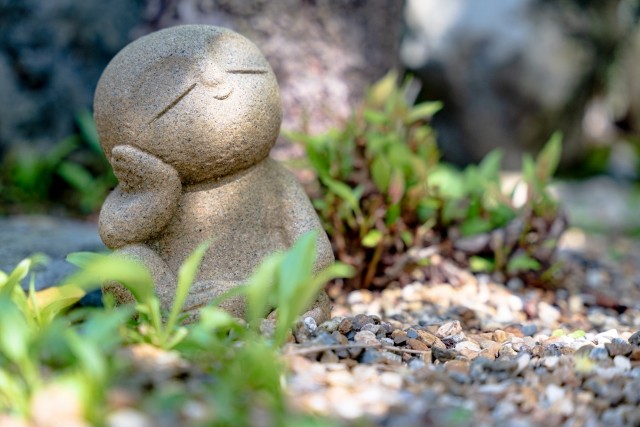
Kyoto words you might encounter
It’s hard to say what words unique to the Kyoto dialect you might hear while you’re in the city, these are a few that are either fairly common, or those you might encounter in a retail environment:
おいでやす (oideyasu) = “Welcome”
おおきに (ookini) = “Thank you”
よろしおす (yoroshiosu) = A phrase used to express approval, akin to, “That’s great.”
どうどす (doudosu) = “How is it?”
なんぼ (nanbo) = “How much?”
かんにん (kannin) = “I’m sorry.”
かいらし (kairashi) = “Cute”/”Pretty”
Where you’ll hear Kyoto dialect
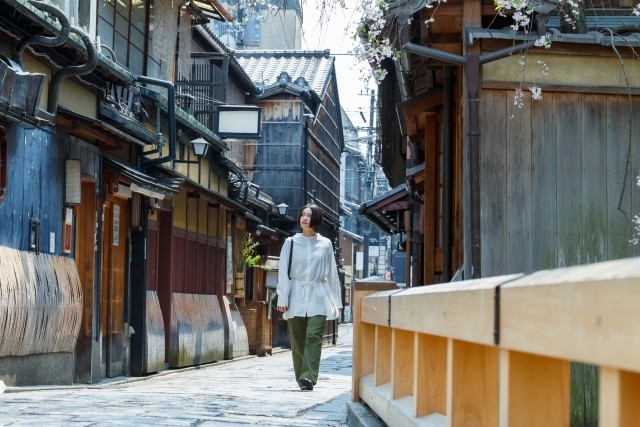
If you’re paying attention to the Japanese speakers around you, you might find some of them are using Kyoto dialect, but if you don’t have a local friend in the city, you’re most likely to catch snippets of this unique language form in locations like the following:
Local Markets and Shops
Nishiki Market, often called “Kyoto’s kitchen,” is a bustling hub of local vendors selling fresh produce, snacks, and traditional goods. Here, shopkeepers commonly use Kyoto dialect to greet customers with phrases like “おおきに” (ookini) as they hand over change or thank patrons for their purchases.
Traditional Inns and Kyoto’s Geisha Districts
Though interactions with Kyoto’s geiko (geisha) and maiko (apprentice geisha) are typically not available to tourists in their traditional settings, these artists are known for speaking in a traditional version of the Kyoto dialect that’s come to be a part of their particular charm. If you stay at a traditional inn, or ryokan, however, you’ll likely be treated to another kind of traditional hospitality that may include staff speaking traditional Kyoto dialect.
Of course, even while navigating the city on buses or trains, you may catch snippets of melodic Kyoto dialect in announcements or conversations if you pay attention.
The Kyoto dialect is more than just a way of speaking—it’s also a kind of bridge connecting the city’s storied past with its present. So next time you visit Kyoto…listen closely!

